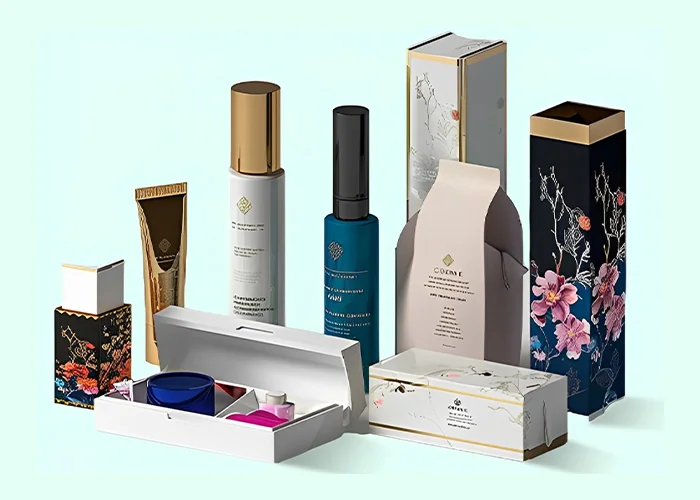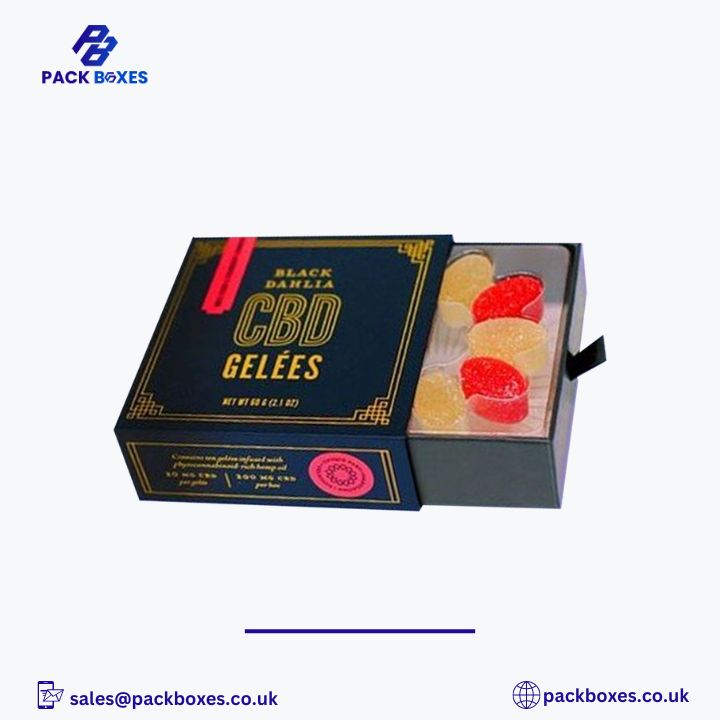When it comes to cosmetic packaging, safety is a top priority. With various types of plastics available, it is essential to choose materials that are safe, durable, and compliant with industry regulations. This article explores the safest plastics for cosmetics, their benefits, and why they are ideal for Custom Skincare Packaging Boxes in the UK market.
Importance of Safe Plastic in Cosmetic Packaging
Cosmetic products, such as creams, serums, and lotions, often contain active ingredients that can react with certain packaging materials. Choosing the wrong plastic can lead to contamination, product degradation, or health risks. Safe plastics ensure:
- Protection from contamination
- Extended shelf life
- Compliance with regulatory standards
- Sustainable and eco-friendly options
Types of Safe Plastics for Cosmetics
1. PET (Polyethylene Terephthalate)
PET is widely used in cosmetic packaging due to its strength, clarity, and resistance to chemicals. It is lightweight, shatterproof, and recyclable, making it an excellent choice for bottles and jars used in Custom Skincare Packaging Boxes.
Benefits:
- FDA-approved for cosmetic and food-grade applications
- Resistant to oils and alcohol-based products
- 100% recyclable
2. PP (Polypropylene)
Polypropylene is a flexible and durable plastic that resists heat and moisture. It is commonly used for caps, dispensers, and jars in skincare packaging.
Benefits:
- Chemical-resistant
- High melting point
- Recyclable and eco-friendly
3. HDPE (High-Density Polyethylene)
HDPE is one of the safest plastics used for cosmetic packaging. It is non-reactive, impact-resistant, and prevents contamination.
Benefits:
- FDA-approved for skincare and cosmetic applications
- Durable and flexible
- Resistant to UV rays
4. LDPE (Low-Density Polyethylene)
LDPE is softer and more flexible than HDPE, making it ideal for squeeze tubes and lotion bottles.
Benefits:
- Safe for direct skin contact
- Resistant to moisture and chemicals
- Recyclable and lightweight
5. Acrylic
Acrylic is a durable and visually appealing plastic commonly used for high-end cosmetic jars and containers.
Benefits:
- Glass-like clarity
- Shatter-resistant
- Suitable for premium skincare products
6. ABS (Acrylonitrile Butadiene Styrene)
ABS is a robust plastic used for cosmetic compacts, lipstick cases, and makeup palettes.
Benefits:
- Impact-resistant
- Lightweight and stylish
- Durable and non-toxic
Regulations and Safety Standards in the UK
In the UK, cosmetic packaging must comply with safety regulations set by:
- The Cosmetic Products Enforcement Regulations 2013
- UK REACH (Registration, Evaluation, Authorisation and Restriction of Chemicals)
- European Cosmetic Regulation (EC) No 1223/2009
Using safe plastics ensures compliance with these regulations while maintaining the integrity of Custom Skincare Packaging Boxes.
Sustainable and Eco-Friendly Plastic Alternatives
Many brands are shifting towards sustainable packaging solutions to reduce environmental impact. Some eco-friendly plastic alternatives include:
- Biodegradable Plastics – Break down naturally without harming the environment.
- PCR (Post-Consumer Recycled) Plastics – Made from recycled plastic waste.
- Bio-based Plastics – Derived from natural sources like cornstarch or sugarcane.
Best Practices for Safe Cosmetic Packaging
To ensure product safety and sustainability:
- Choose FDA-approved and BPA-free plastics.
- Use airless pumps and dispensers to minimize contamination.
- Opt for recyclable and biodegradable packaging.
- Follow UK and EU regulations for cosmetic safety.
10 FAQs About Safe Plastic for Cosmetics
1. What is the safest plastic for cosmetic packaging?
PET, PP, and HDPE are among the safest plastics used in cosmetic packaging due to their non-toxic and non-reactive properties.
2. Are all plastic cosmetic containers recyclable?
Not all plastics are recyclable. PET and HDPE are widely recycled, while some plastics like ABS may not be accepted in local recycling programs.
3. How do I know if my skincare packaging is safe?
Look for FDA approval, BPA-free labels, and compliance with UK cosmetic safety standards.
4. Can plastic leach harmful chemicals into cosmetics?
Some low-quality plastics may leach harmful chemicals. Using high-quality, FDA-approved plastics eliminates this risk.
5. Is PET plastic safe for cosmetics?
Yes, PET plastic is one of the safest options for cosmetic packaging. It is non-toxic, durable, and recyclable.
6. What plastic is best for Custom Skincare Packaging Boxes?
PET, PP, and HDPE are the best choices for Custom Skincare Packaging Boxes due to their durability and safety.
7. Are biodegradable plastics a good alternative for skincare packaging?
Yes, biodegradable plastics are an excellent alternative for brands looking to reduce environmental impact while maintaining product safety.
8. How can I make my cosmetic packaging more sustainable?
Opt for PCR plastics, biodegradable materials, or refillable containers to reduce plastic waste.
9. What are the UK regulations for plastic cosmetic packaging?
Cosmetic packaging in the UK must comply with UK REACH and European Cosmetic Regulation (EC) No 1223/2009 to ensure consumer safety.
10. Can I use recycled plastic for my skincare packaging?
Yes, many brands use PCR plastics to create eco-friendly and sustainable cosmetic packaging.
Conclusion
Choosing the right plastic for cosmetics is crucial for product safety, customer satisfaction, and environmental sustainability. PET, PP, HDPE, and other FDA-approved plastics offer excellent protection and longevity for Custom Skincare Packaging Boxes. By following UK regulations and opting for sustainable solutions, brands can ensure safe and eco-friendly cosmetic packaging for their customers.







